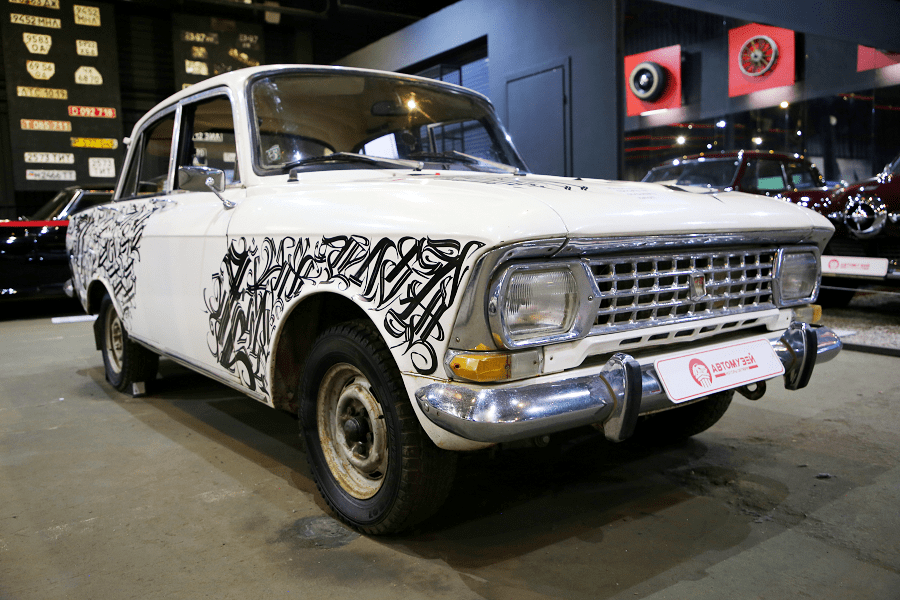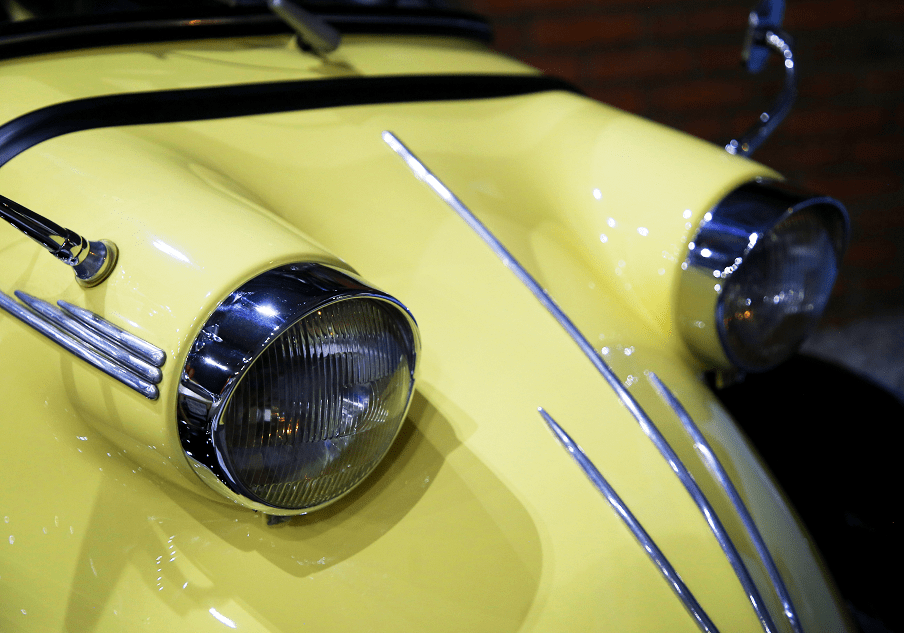Bell AH-1 Cobra
The Bell AH-1 Cobra is a single-engined attack helicopter developed and manufactured by the American rotorcraft manufacturer Bell Helicopter. A member of the prolific Huey family, the AH-1 is also referred to as the HueyCobra or Snake.
The AH-1 was rapidly developed as an interim gunship in response to the United States Army’s needs in the Vietnam War. It used the same engine, transmission and rotor system of the Bell UH-1 Iroquois, which had already proven itself to be a capable platform during the conflict, but paired it with a redesigned narrow fuselage among other features. The original AH-1, being a dedicated attack helicopter, came equipped with stub wings for various weapons, a chin-mounted gun turret, and an armored tandem cockpit, from which it was operated by a pilot and gunner. Its design was shaped to fulfill a need for a dedicated armed escort for transport helicopters, giving the latter greater survivability in contested environments. On 7 September 1965, the Model 209 prototype performed its maiden flight; after rapidly gaining the support of various senior officials, quantity production of the type proceeded rapidly with little revision.
During June 1967, the first examples of the AH-1 entered service with the US Army and were promptly deployed to the Vietnam theater. It commonly provided fire support to friendly ground forces, escorted transport helicopters, and flew in “hunter killer” teams by pairing with Hughes OH-6A Cayuse scout helicopters. In the Vietnam War alone, the Cobra fleet cumulatively chalked up in excess of one million operational hours; roughly 300 AH-1s were also lost in combat. In addition to the US Army, various other branches of the US military also opted to acquire the type, particularly the United States Marine Corps. Furthermore, numerous export sales were completed with several overseas countries, including Israel, Japan, and Turkey.
The massive expansion of American military presence in Vietnam opened a new era of war from the air. The linchpin of US Army tactics was the helicopters, and the protection of those helicopters became a vital role. It became clear that unarmed troop helicopters were vulnerable against ground fire from Viet Cong and North Vietnamese troops, particularly as they approached landing zones to disembark or embark troops. Without friendly support from artillery or ground forces, the only way to pacify a landing zone was from the air, preferably with an aircraft that could closely escort the transport helicopters, and loiter over the landing zone as the battle progressed. By 1962, a small number of armed UH-1As were used as escorts, armed with multiple machine guns and rocket mounts. However, these makeshift gunships came with considerable tradeoffs, particularly being barely able to keep up with the troop transports they were intended to protect.
While some officials within the Pentagon, particularly those within the US Army, had recognized the potential value of purpose-built armed rotary aircraft as early as 1962 and were keen to see such a vehicle developed promptly, the issue was complicated in part due to inter-service politics. The United States Air Force (USAF) largely held the opinion that most forms of US military aircraft should be operated only by their service, and that the US Army would be intruding into their domain by developing a complex armed aerial combatant, and ought to be largely restricted to transport aircraft. Meanwhile, some Army officials were concerned that the USAF did not take the close air support (CAS) mission as seriously as it ought to, and that response times of 30 minutes or more for fixed-wing aircraft would be unacceptable.
Manufacturer: Bell Helicopter (USA)
First flight: 7 September 1965
Years of production: 1967—2019
Production: 1,116 units
Length: 16.154 m (53 ft)
Width: 3.15 m (10 ft)
Height: 4.11 m (13 ft 6 in)
Crew: 2 pilot
Powerplant: 1× Lycoming T53-L-13
Power: 1100 HP
Maximum speed: 149 kn (171 mph, 276 km/h)
Range: 310 nmi (360 mi, 570 km)
Service ceiling: 11,400 ft (3,500 m)
Weight: 2,635 kg (5,810 lb)
Rahmi M. Koç museum (Istanbul, Turkey)
See also Transport blog
See also Cars blog
See also Motorcycles blog
See also Buses blog
See also Shipbuilding blog
See also Motors and Engines blog
See also Trains and railways blog
See also Trucks and Cargo Vehicles blog
See also Tractors and Special Equipment blog
See also Tanks and Armored Vehicles
See also Airplanes blog
See also Helicopters blog
See also Artillery, Missiles and Rockets blog
See also Bicycles blog













